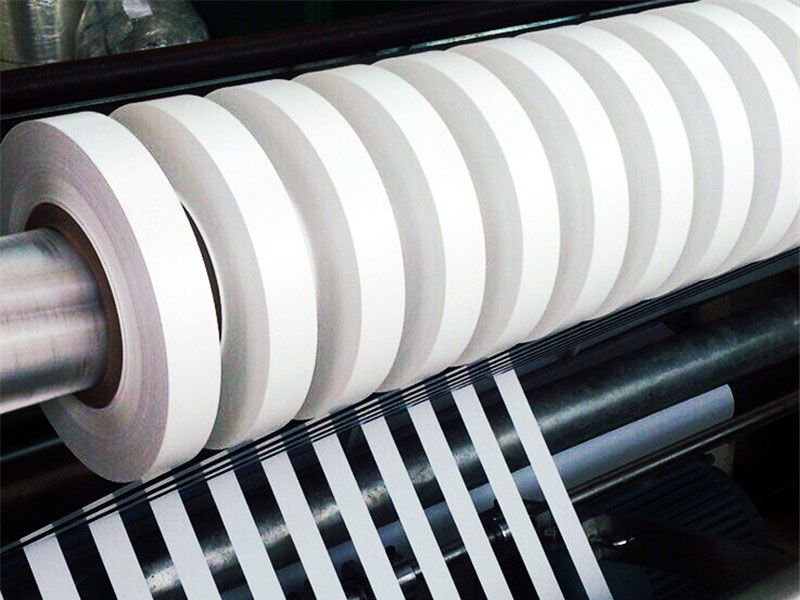
A paper slitter is a slitting device that cuts a wide roll of paper on a paper machine into narrower width paper and rewinds it onto a reel for delivery to the customer or for further conversion within the paper mill. The paper slitting machine converts the mother roll of the paper or cardboard machine into a narrow roll with a diameter suitable for downstream processing through slitting, making the production, conversion, packaging and transportation of the modern paper packaging industry possible, and has played a key role in the industrialization process of the long history of the West.
Large-scale paper production process
Although it has been thousands of years since the earliest invention of paper to the production of paper as we know it today, cutting and rolling in the paper industry actually became significant after the advent of mass production. After 1800, the inventor of the long-net paper machine first invented the continuous papermaking process. The early pulp is poured onto a mesh conveyor belt and transferred to the forming area. In the early 19th century, before the first cylindrical paper mill in Delaware began operations in 1817, several existing paper mills had added processes and mechanics to their long-net paper machine lines.
The ingredients used to make a particular type of paper are combined, mixed, and made into a slurry to form a viscous liquid called a slurry. The composition and weight of the paper produced depends on the quantity and type of composition used to make the pulp, and from this it is derived from a variety of papers including notebook paper, construction paper, paper towels, etc. The slurry is poured onto a mesh conveyor belt, sometimes referred to as wire mesh, and is typically conveyed through a four-stage process. The first is the forming section, the main purpose of which is to drain the excess water from the pulp while processing the solid material of the mixture into a continuous layer. This can be achieved through the use of gravity, vibration, vacuum, and tension. Once most of the water in the slurry has been drained, the cardboard is brought into the pressing stage, utilizing a series of rotating rollers that use pressure and felt to squeeze out the remaining water and remove it by absorption. Once the sheets have been shaped and pressed, the liquid is removed and the damp remaining material is dried through a series of steam heaters in the drying stage to completely dry the cardboard. The resulting paper material still requires extensive surface treatment to achieve the desired look, feel, and performance. It first goes through a process called sizing, which determines the water resistance of the paper and reduces the likelihood of fluffing by adding different glues and resins. Subsequently, the large paper goes through a process called calendering, which is equivalent to secondary calendering, but this time the ultimate goal is to improve smoothness, gloss, and uniformity. At this stage, a continuous stream of finished paper is wound onto a large metal shaft and a roll of finished paper is formed.
You may have noticed that the paper slitter is not mentioned at any point in the above process, and this is because the paper slitting machine is usually used after the above process has been completed. Once the paper has been manufactured and becomes a roll at the outlet end of the finishing process, it can be unfolded, fed into a slitter rewinder, cut into narrow strips of paper of any desired width, and then rewound onto multiple smaller reels on the other side. This is the process and position of the paper slitting machine in production.
The slitting method of the paper slitting machine
The paper slitting machine can generally be divided into three stages according to the operation process. The first is that the rolled paper must be unwound so that the single layer can pass through the slitter rewinding device. As it passes through the machine, it is cut into strips of the desired width by one of a number of different cutting methods. Once the material has been cut to the size required by the market, it can be rewound into a finished paper roll that can be sold. A variety of blade styles ensure that every paper is cut in the cleanest, most economical and most efficient way, greatly reducing production costs and time.
The actual cutting of paper can be done in a number of different ways, mainly depending on the nature of the material being cut. The oldest form of cutting is called pressure cutting, which cuts material between a relatively blunt blade and a hard roller surface. This method helps to cut adhesive products such as various forms of paper tape. While the method is quick and easy to set up, it can cause problems with excessive dust when used with paper. The second easiest cutting method is blade cutting. It is also the most economical method. It uses a positioning blade, which is usually suspended above the paper feed area. As the stock passes through a series of rollers, the blade extends downwards into a space or groove in one of the rollers. This method cannot be used to cut heavy, thick, or rigid paper materials. In addition, during the high-speed slitting process, the friction between the blade and the paper heats the blade, shortening the service life and making the tool change more frequent. Shear cutting is the most accurate slitting method of slitter machines and can be used for heavier, thicker, and harder paper materials. The main feature of shear slitting is the use of two blades, upper and lower, which are usually rotating. When the material is pulled between these two blades, the two blades cut the material like scissors from top to bottom, and the disadvantage of this method is that the adjustment and use of the blade is relatively complicated.
The development of paper slitting machine machine
In recent years, great strides have been made in optimizing the efficiency of paper slitting machines. One of the advances was the addition of inspection equipment between the paper line and the slitter. Although an extra step has been added, it has greatly reduced the number of cases where the paper slitting machine stops due to paper quality issues and feeding errors. The inspection rewinder ensures the quality of the produced master roll by unwinding, inspecting and rewinding it before loading it into the slitting machine, which greatly reduces the downtime of the slitting equipment and material waste, and improves the quality of the finished paper roll.
By improving the work, such as adjusting the winding tension and roll hardness, it is better possible to avoid inappropriate winding problems, such as distortion, cavitation, telescopic, star-shaped, etc. Benefit from the increasing digitalization, intelligence and automation of slitting equipment. These improvements allow for more precise adjustments throughout the process and reduce the need for a lot of manual interaction. Another relatively recent development of the slitting machine is the use of a separate winding mechanism, which allows the remaining winding components to continue to work even if one of them is removed or closed. This also allows for the addition of a variety of rewinding configurations to achieve the desired tension and winding angle.
While the technology for pulping, stock and forming has been around for a long time, modern paper production would not be able to meet our demand for many paper products without benefiting from continuous production and the ability to automatically convert these bulky rolls into small, independently consumable products. So, the next time you use each piece of paper, keep in mind that the last piece of equipment that the paper sees before it is packed will most likely be the paper slitter.
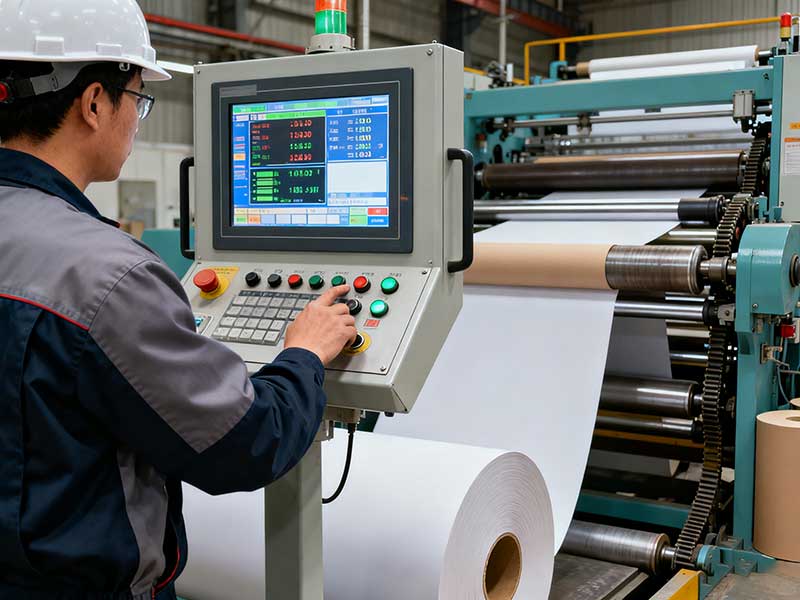 Paper Slitting Machines: Create the perfect roll for printing and packaging, empowering the heroes behind precision manufacturing
Paper Slitting Machines: Create the perfect roll for printing and packaging, empowering the heroes behind precision manufacturing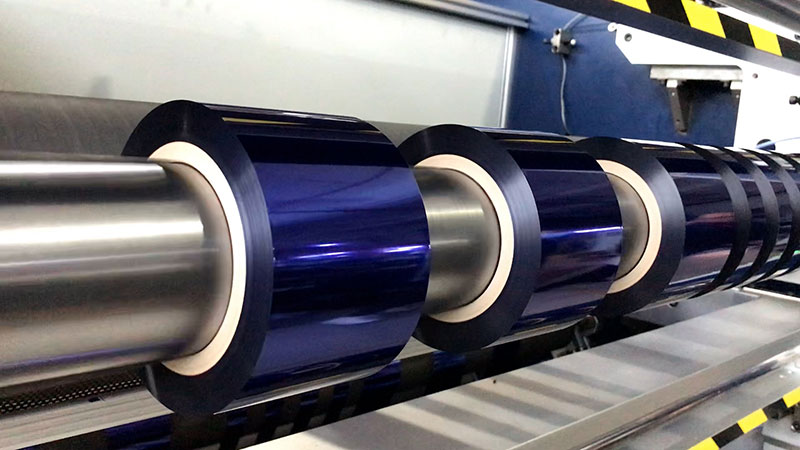 Special materials: slitting technology solutions for hot stamping paper of different materials
Special materials: slitting technology solutions for hot stamping paper of different materials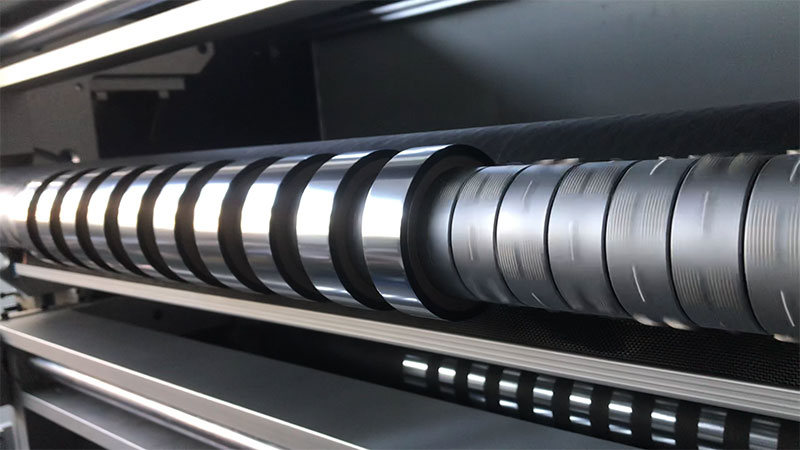 Enhance enterprise competitiveness: Introduce the strategic value of hot stamping paper slitting machines in differentiated competition
Enhance enterprise competitiveness: Introduce the strategic value of hot stamping paper slitting machines in differentiated competition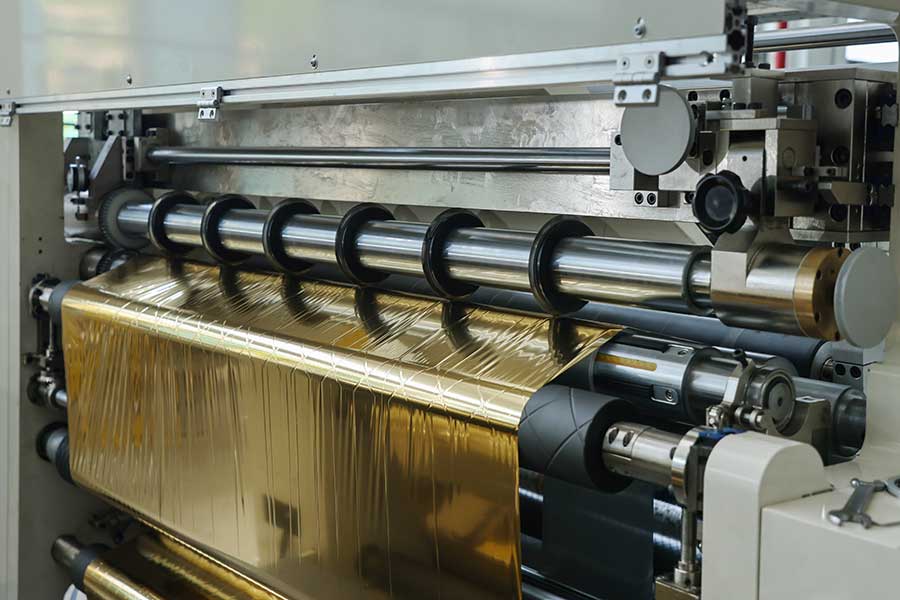 Flat edges, dust-free: professional-grade hot stamping paper slitting machine guarantees product quality
Flat edges, dust-free: professional-grade hot stamping paper slitting machine guarantees product quality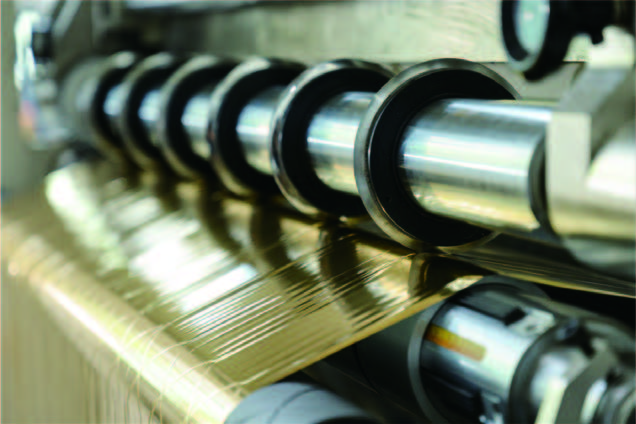 China's power from a global perspective: the development of the hot stamping paper slitting machine industry chain and export opportunities
China's power from a global perspective: the development of the hot stamping paper slitting machine industry chain and export opportunities